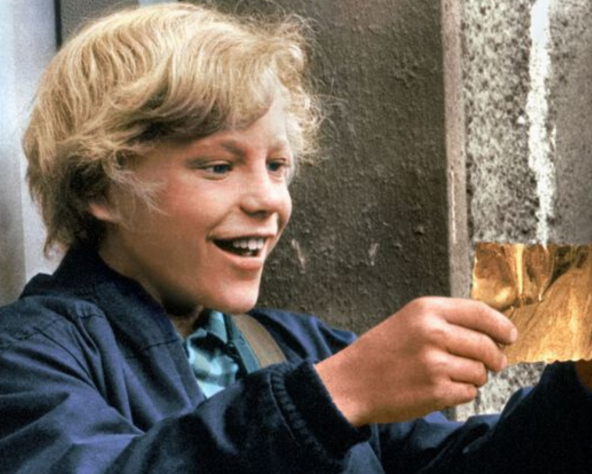Making Sure You Have The Correct Recruitment Process
In a highly competitive recruiting environment, finding and retaining the best candidates is becoming more difficult. With technology ever so present in today’s workforce, it’s now much easier to quickly locate new jobs and leave current jobs. Because of these new technologies, employees expect the hiring process to be quick and efficient, which, unfortunately, is still not the case in most businesses.
To ensure businesses are keeping pace with employee demand, HR and recruiting leaders are implementing tactics to help understand the cost of each hire.
Understand the cost per hire
One of the more popular metrics from an HR perspective is cost-per-hire. Depending on your business will probably depend on how much it costs you to hire a new employee.
So, how can you figure out the exact cost per hire within your business?
Look at your external and internal costs and divide that number by the total number of hires your company plans to make. This final figure should also reflect money invested in agency fees as well as any job-board advertisements. If looking at cost-per-hire as a competitive benchmark, it’s important to remember other variables such as role complexity, location, the number of high-volume roles and demand predictability that may impact your bottom line.

Quality of Hire
Unlike cost-per-hire, quality of hire is a bit harder to calculate. However, this metric is a critical piece of the recruiting puzzle, helping HR departments estimate the value each new hire brings to an organisation. To start calculating this metric, HR departments first need to establish the value of an average employee within the business itself. This can be measured in large part by what the employee’s tasks are on a day-to-day basis and how much they benefit the business.
The quality of hire is not the easiest data to analyse but it’s essential because it ensures the company is investing in the right people to yield a higher return on its recruiting investment. The higher the quality of new hires and the better their fit rate, the higher productivity and work satisfaction will be, eventually leading to higher retention rates.
If you don’t employee the correct people from the start then your business is likely to suffer as a result. If you are struggling to get the right employees to fit your business then it’s worth discussing your problems with a recruitment agency. At Strategic People, we make sure we work with you when we recruit for new jobs. We get to know everything we can about your business to find the perfect candidates for your business.
Hiring Manager Satisfaction
As the name suggests, hiring manager satisfaction metrics indicate how happy managers are with their new hires. This metric is less about the numbers and more about eliciting specific feedback on the new employees, making sure their performance and ability to perform tasks efficiently and effectively. This feedback is typically captured during key intervals, such as shortly after the hire’s first week, first month and first 90 days.
Many organisations will use customer satisfaction scores to measure this, or even direct feedback from other members of the team. If you are not finding the employees you need to fit your business then the likelihood is they won’t be around for very long. This is likely to drive your cost per hire very high as you will waste time and money on the recruitment process and training the employee in a role that might not fit them.
When recruiting for new employees make sure control costs by working with a recruitment agency. This will give you the benefit of their market rate knowledge and ensure you get the quality of hire that you need and that it’s within your recruitment budget.

New-Hire Retention Rate?
Calculating your-hire retention rate is a metric HR department’s would sometimes rather forget, especially if it isn’t a positive percentage. Nevertheless, your new-hire retention rate is a necessary component for a balanced view into the quality of the hire.
Every organisation will have its own definition of failure, but a common one is an employee who leaves the business within the first year of employment under any circumstances.
What’s important here is looking at the year-over-year comparison — is failure rate dropping or climbing? If new-hire failure rates rise or quality of hire suffers, those costs often impact the business through underperformance, costs of vacancies in revenue roles and, often, a new set of direct-hire costs to replace a hire who didn’t work out.
If your new-hire retention rate is rising or already very high, then it’s time to discuss your options with a recruitment agency.
Why Do These Numbers Matter?
Although most of the above can be tough to calculate, understanding these metrics will help HR departments better manage resources and allocate more time and money to the recruitment process.
Some businesses will not realise how much time and money they are wasting on new employees until discovering this information. If a recruitment agency is needed to help find much better employees that fit your business then this will most likely save you money in the process. At Strategic People, we make sure that you don’t ever see applicants, only candidates. This way it saves you more time on focusing on making your business grow. Leaving the recruitment to us means likely to reduce the risk of new hire failure.
With our help, we can make sure your business creates a happier workplace for all employees and this can help your business grow as a result.



